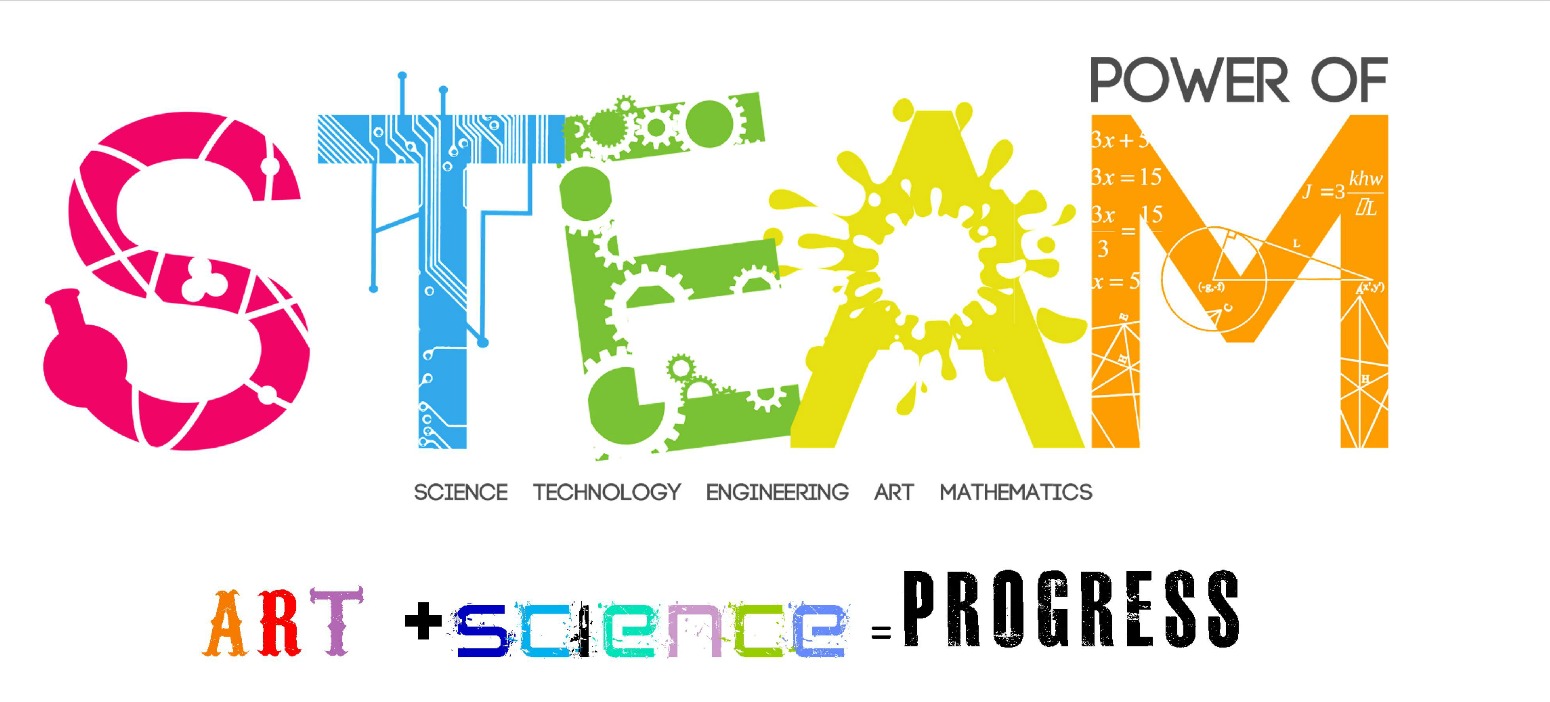00:00 - 01:0001:00 - 03:0003:00 - 05:0005:00 - 13:0013:00 - 16:0016:00 - 18:0018:00 - 19:0019:00 - 23:0023:00 - 00:00
user228700
user228700
00:00 - 01:0001:00 - 03:0003:00 - 05:0005:00 - 13:0013:00 - 16:0016:00 - 18:0018:00 - 19:0019:00 - 23:0023:00 - 00:00


